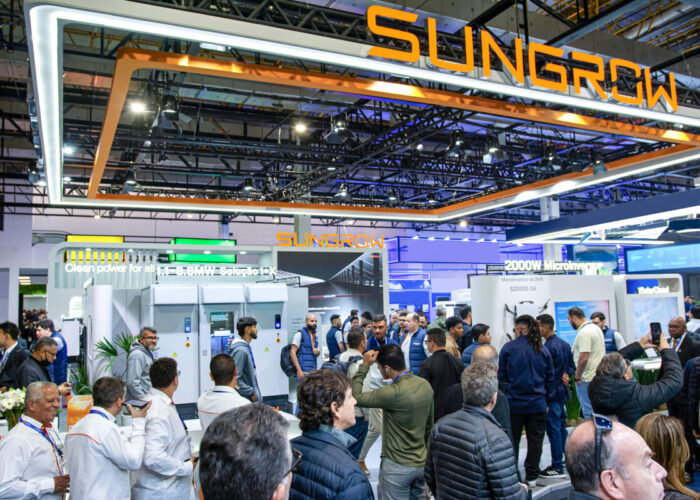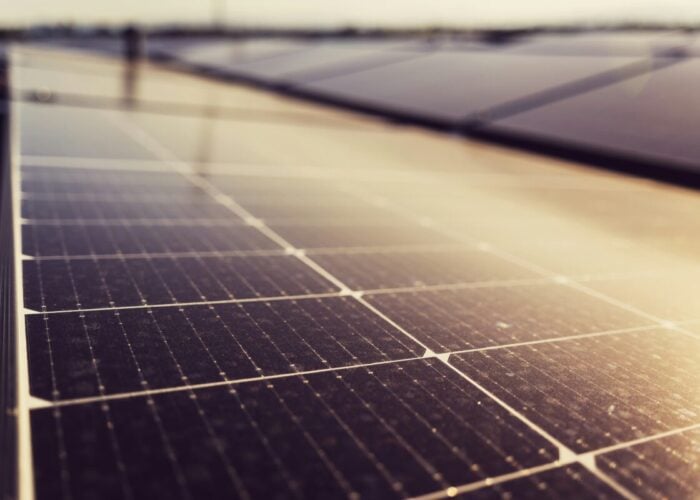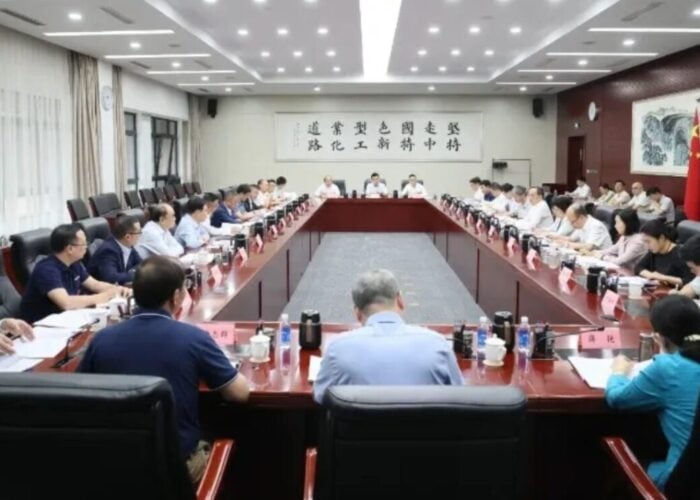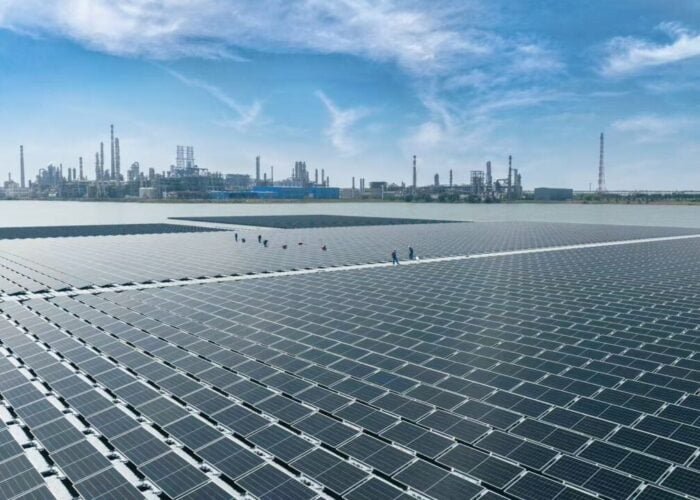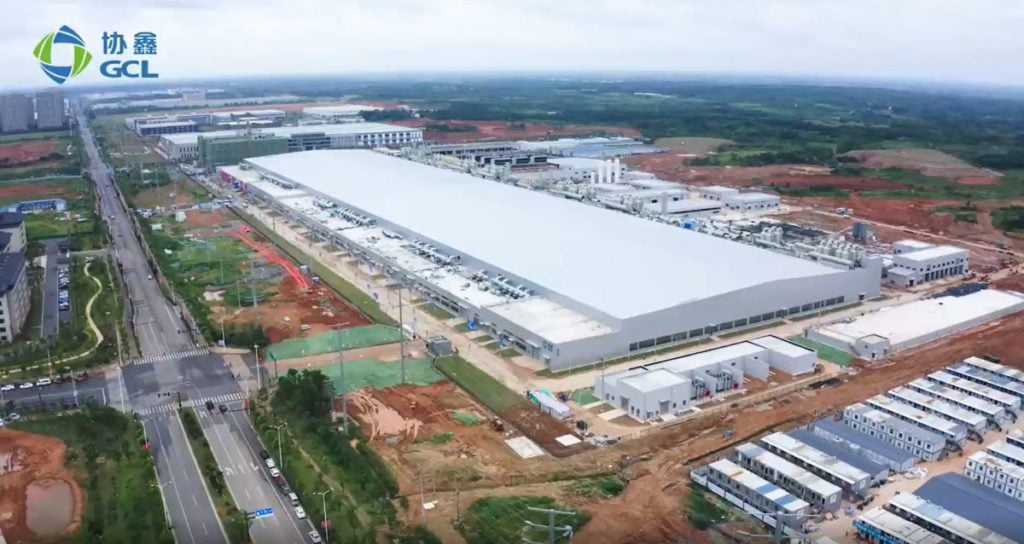
Chinese module manufacturer GCL System Integration (GCL SI) has commissioned the first phase of its 20GW tunnel oxide passivated contact (TOPCon) cell plant in Wuhu, China.
Construction was completed in five months, with GCL SI adding 10GW of annual n-type cell capacity.
Unlock unlimited access for 12 whole months of distinctive global analysis
Photovoltaics International is now included.
- Regular insight and analysis of the industry’s biggest developments
- In-depth interviews with the industry’s leading figures
- Unlimited digital access to the PV Tech Power journal catalogue
- Unlimited digital access to the Photovoltaics International journal catalogue
- Access to more than 1,000 technical papers
- Discounts on Solar Media’s portfolio of events, in-person and virtual
The commissioning of the plant in Wuhu is a key project for the company to strengthen the chain and build a large-scale n-type high-efficiency production base, said Zhu Yufeng, chairman of GCL Integration.
As the industry shifts from p-type to n-type modules, more and more manufacturers are increasing their TOPCon production, which was one of the leading technologies earlier this year at the SNEC exhibition in Shanghai, while JinkoSolar predicted that n-type modules would account for 60% of total shipments in 2023.
Production capacity is expected to increase again during the fourth quarter of 2023, according to the company.
In its preliminary results for the first half of the year – which saw its net profit jump by nearly 220% from H1 2022 – the company unveiled it targeted to reach a 30GW annual capacity production for modules by the end of the year.
On top of the 20GW TOPCon plant in Wuhu, the manufacturer is building two other plants, with the largest one located in Hefei and with an annual capacity of 60GW of modules once fully operational. The first phase of that project reached a capacity of 15GW last year.
The other plant is located in Funing and is expected to have an annual capacity of 12GW of high-efficiency modules with a target to be operational at the end of October 2023.


